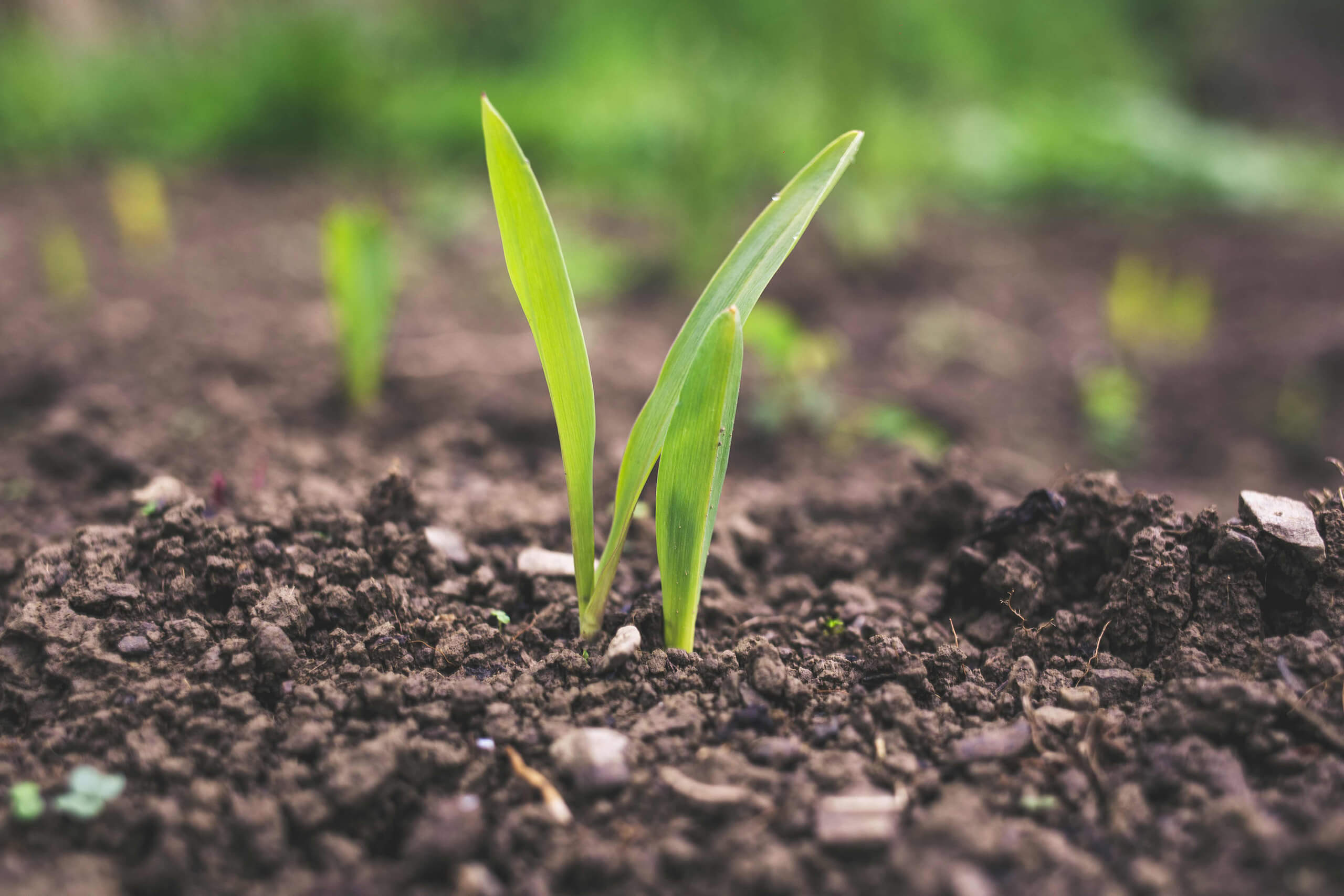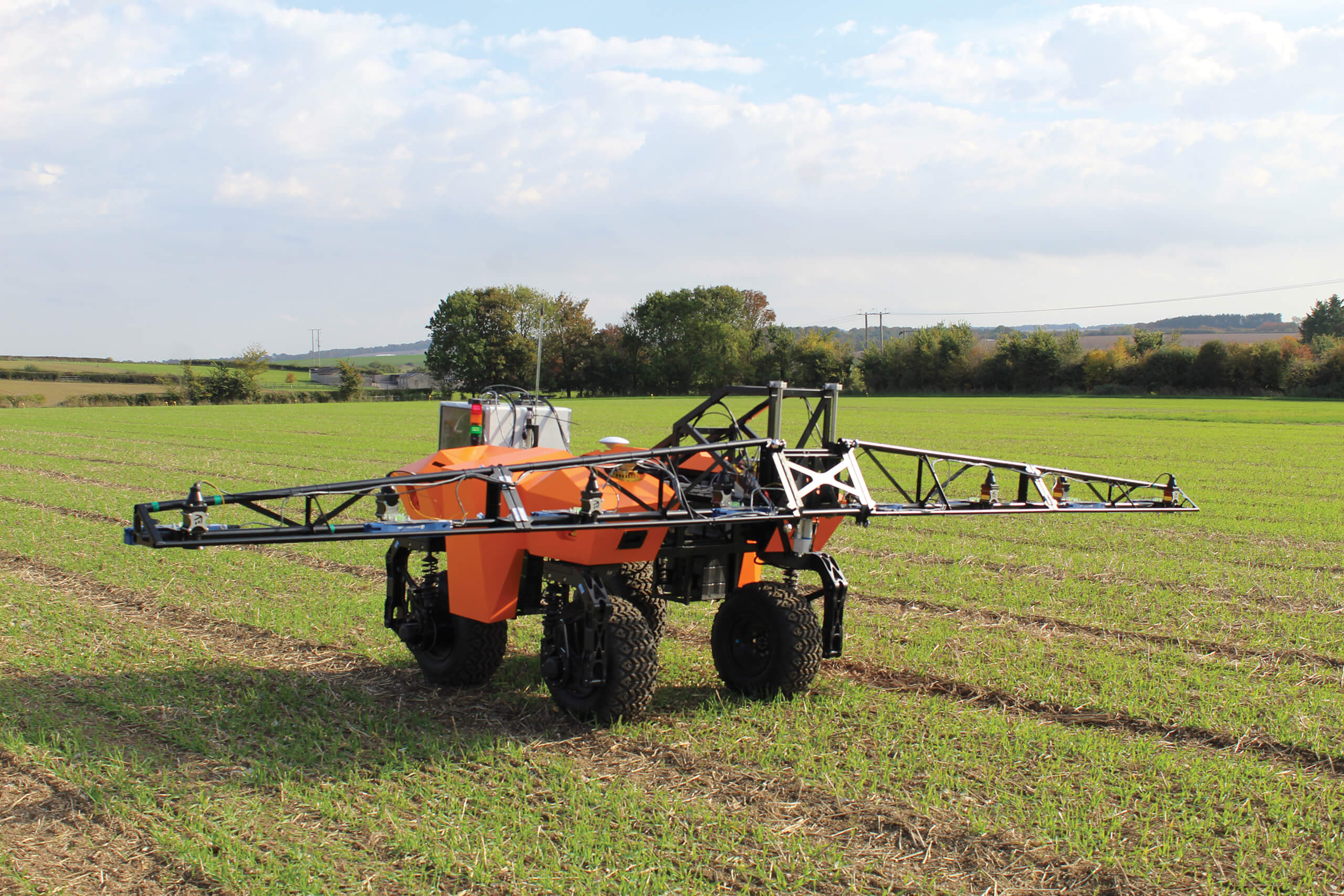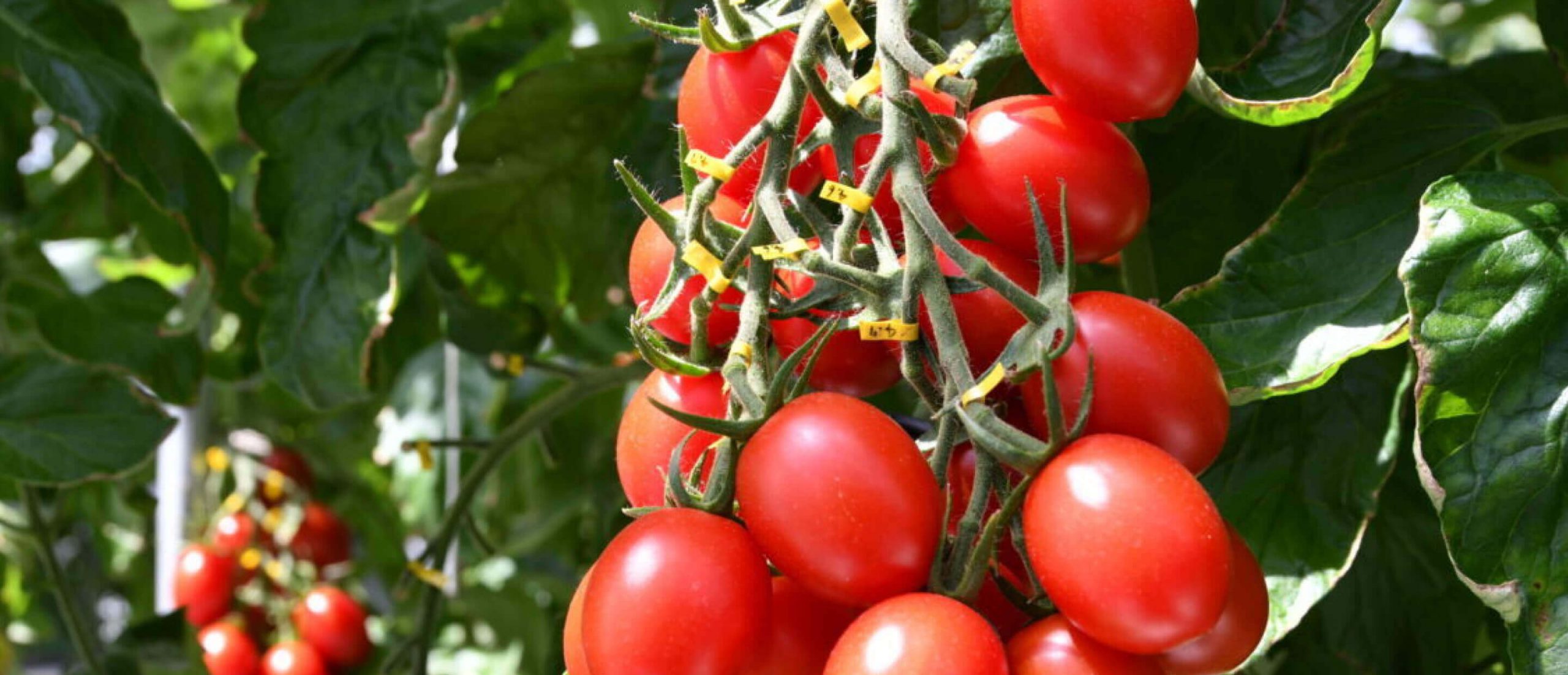
New research shows that as well as benefiting the environment, improving soil health is good for farmer’s pockets.
Mighty oaks grow from humble acorns, but only when the ground is good.
New research suggests that the quality of soil health is vital for a farm’s resilience and the farmer’s profits. Techniques like cover crops, no-till, reduced till, strip till, planting ‘on the green’, rotational grazing, livestock integration, and manure incorporation were investigated in a multi-year study by the Soil Health Institute, the National Association of Conservation Districts and the United States Department of Agriculture’s Natural Resources Conservation
Service.
Investing in soil health is also a business decision.”
Interviews with farmers growing a wide range of crops – canola, chickpea, corn, cotton, dried bean, grain sorghum, millet, pea, peanut, rye, soybean, sunflower, walnut, and wheat – revealed that these conservation agriculture approaches increased incomes and yields while reducing costs.
Costs and benefits were compared before and after practice adoption, the timing of which varied between farms. Across all the farms surveyed, incomes were shown to rise $65 per
acre, on average, with a 35% yield increase.
Farms growing corn reduced their costs by $14 per acre, on average, while their yields increased by 42%. Soybean farms reduced costs by $7 per acre with a 32% yield increase, while for other crops, soil health measures resulted in a yield uplift of 35% over the period of the research.
The farmers, from 20 US states, also reported additional benefits from adopting soil health management systems, including decreased erosion and soil compaction, earlier access to fields in wet years, and increased resilience to extreme weather.
Similar results were seen in Italy when researchers from the London School of Economics and the University of Geneva examined more than 11,000 farms. They concluded that soil health and crop biodiversity were leading factors in a farm’s productivity.
The research noted that a diverse variety of crops also ensured productivity was kept high when soil fertility was low, and even suggested combining crops and livestock to make the system more efficient.

“We know practices like cover crops and no-till benefit the environment by storing soil carbon, reducing greenhouse gas emissions and improving water quality,” said Dr. Wayne
Honeycutt, Head of the Soil Health Institute.
“However, investing in soil health is also a business decision. This project provides farmers with the economic information they need to feel confident when making that decision.”
Ultimately, the research demonstrates that good soil pays.
“We recognize that farmers must weigh the costs, risks, and overall benefits when introducing new practices into their operations,” says Jeremy Peters, NACD Chief Executive Officer.
“This project shows that soil health management systems are both feasible and profitable.”



